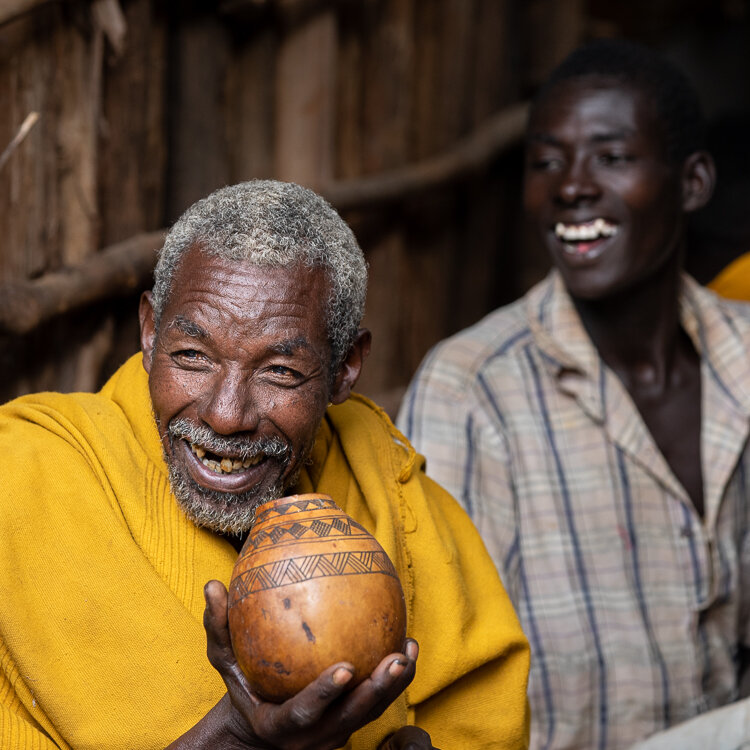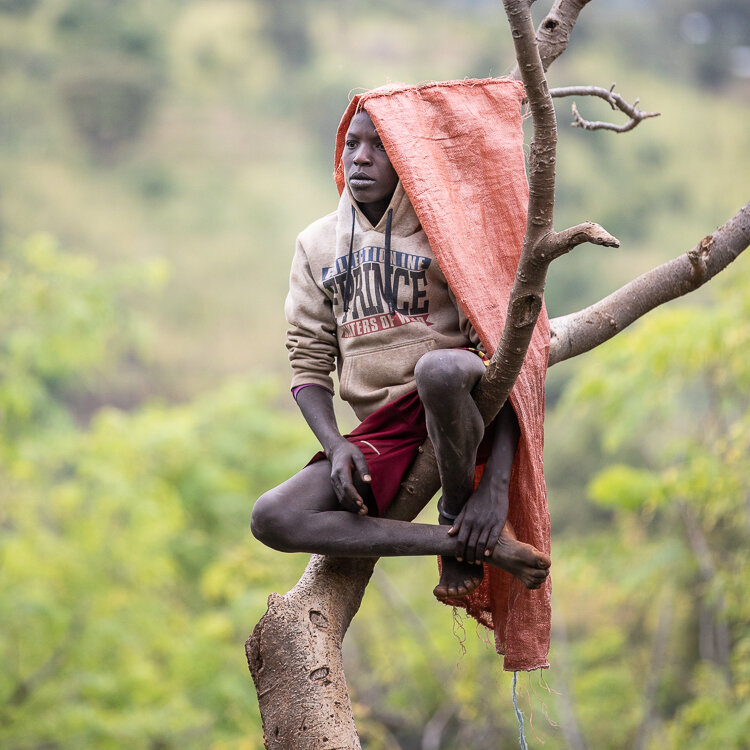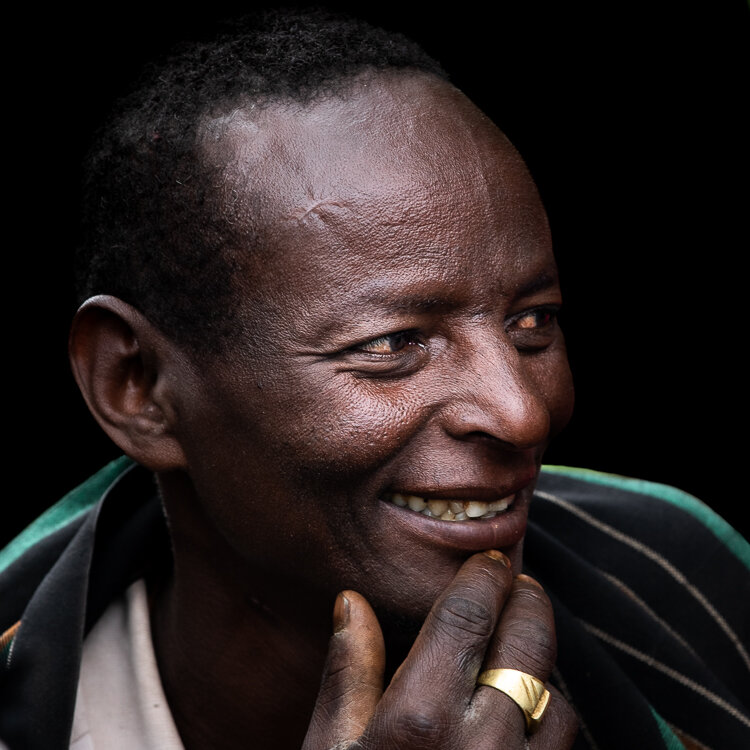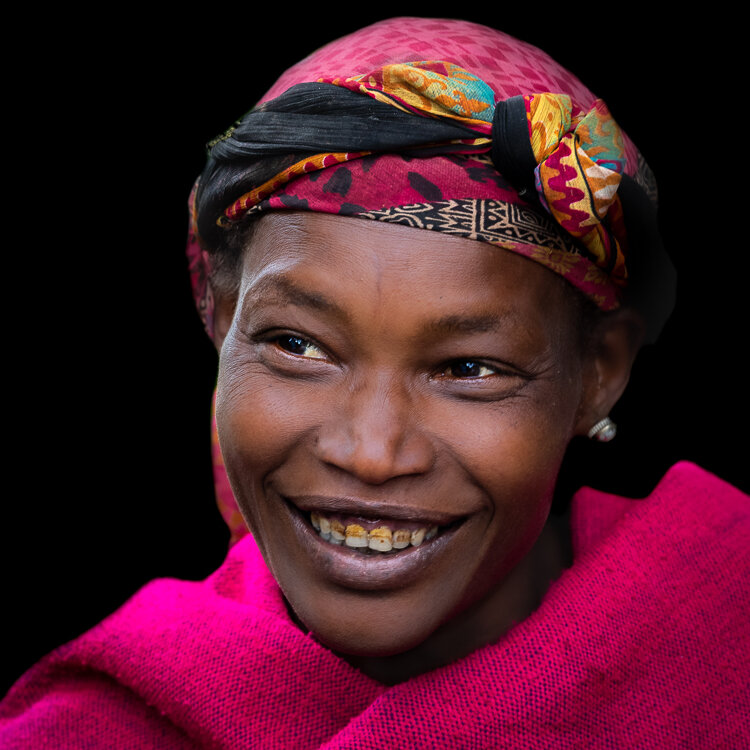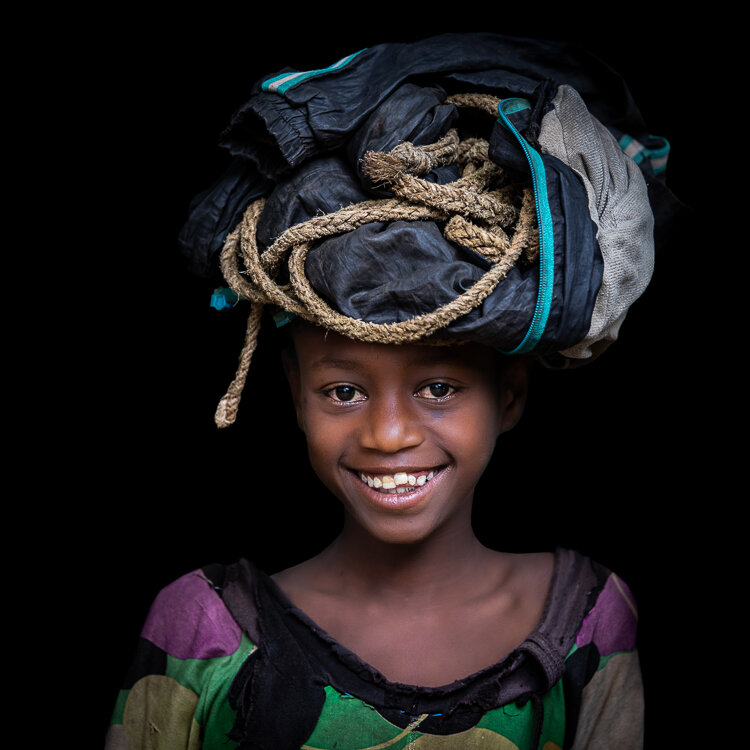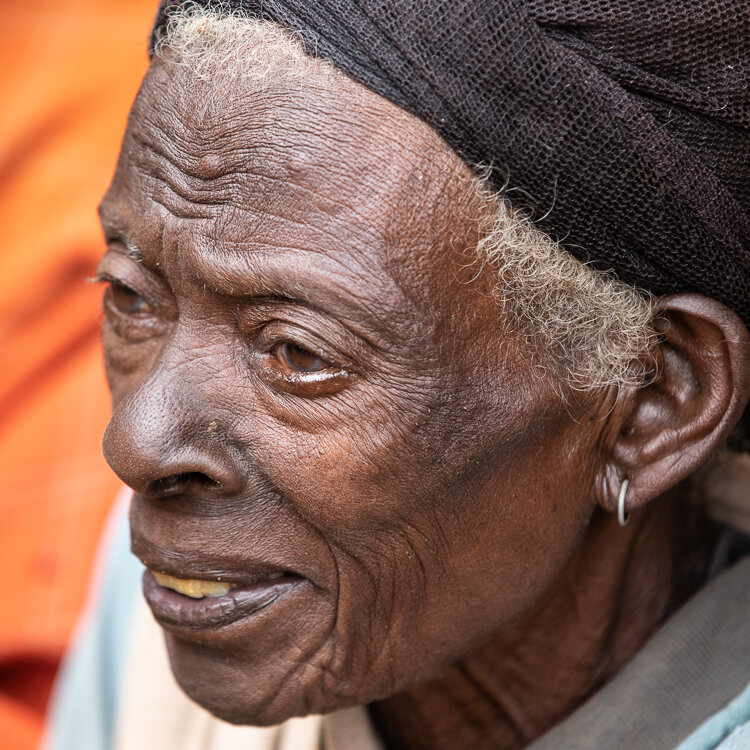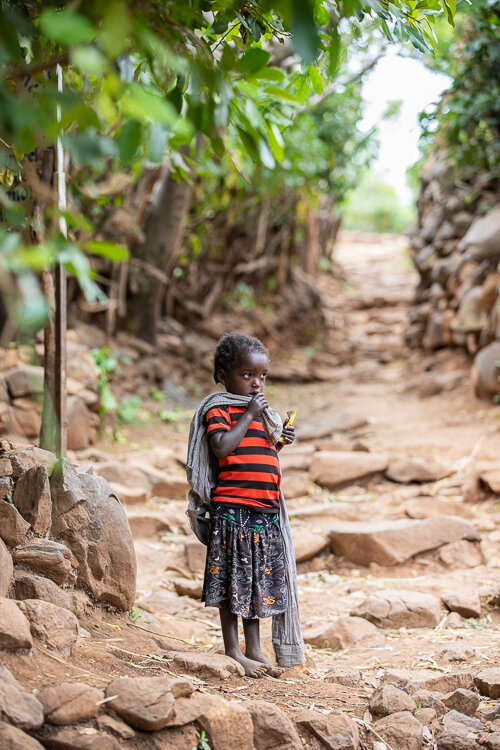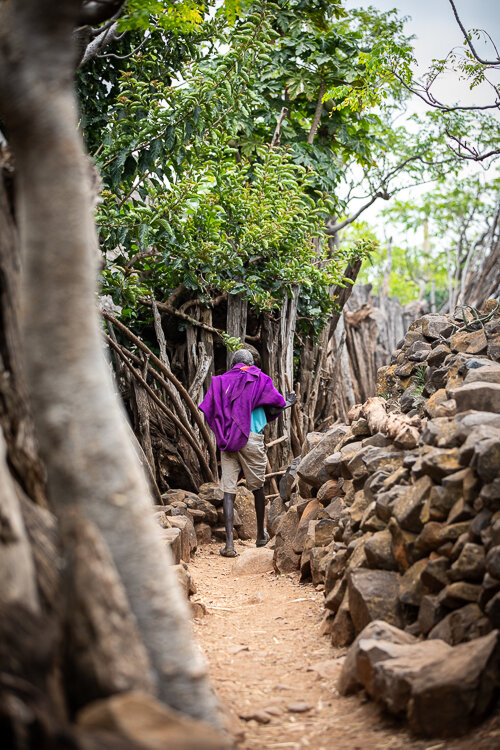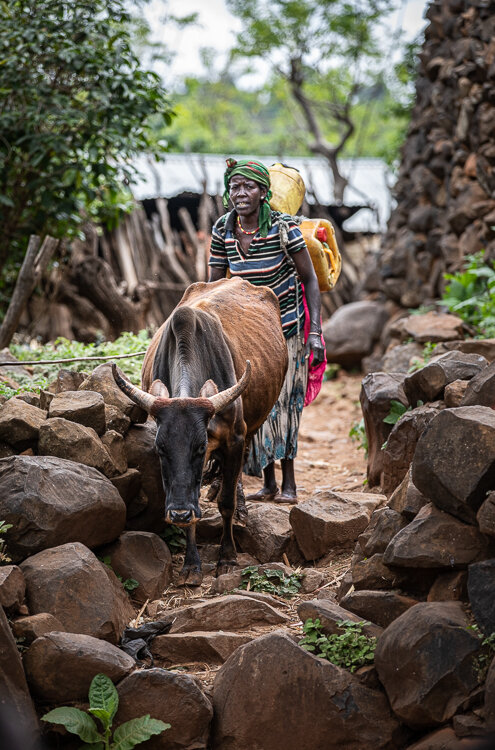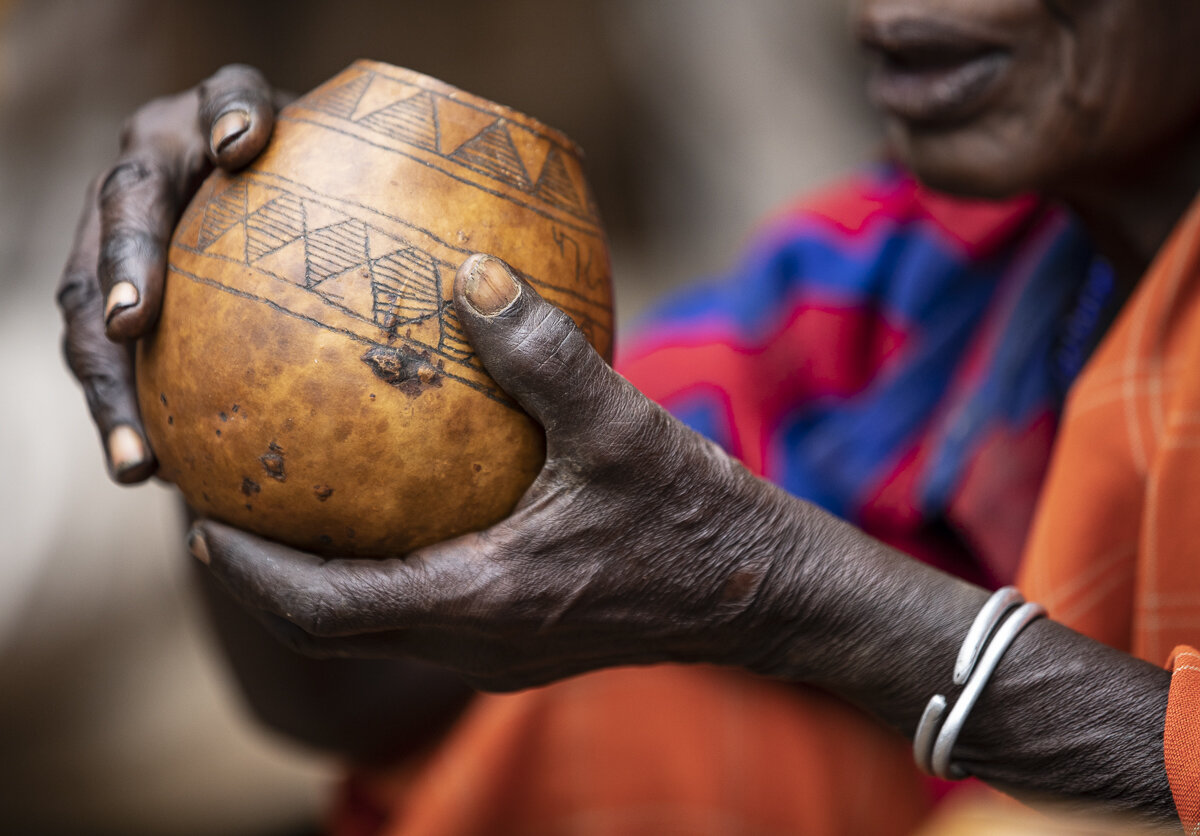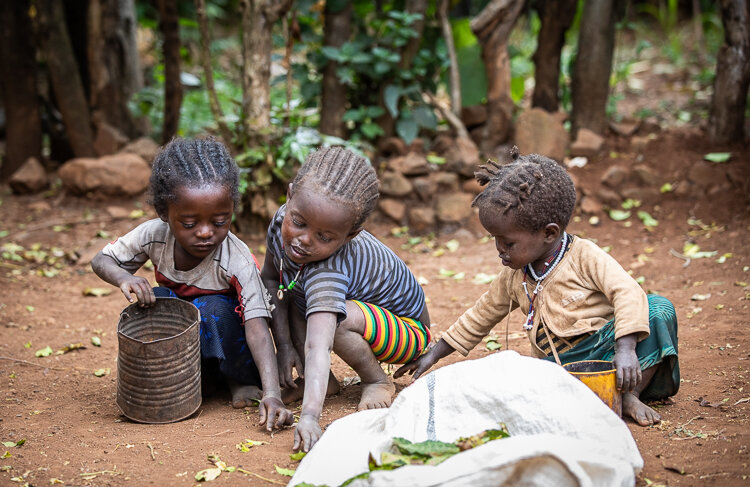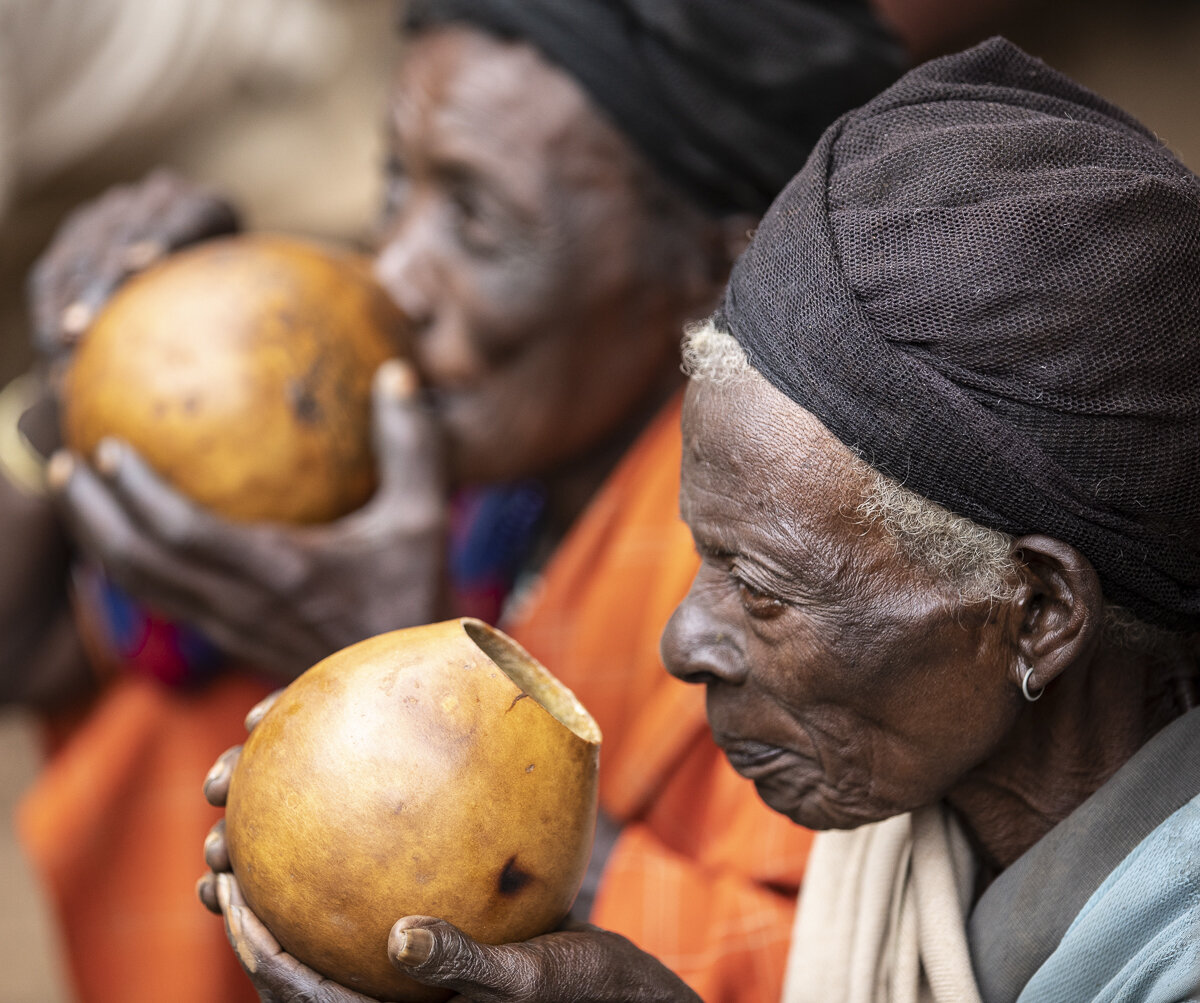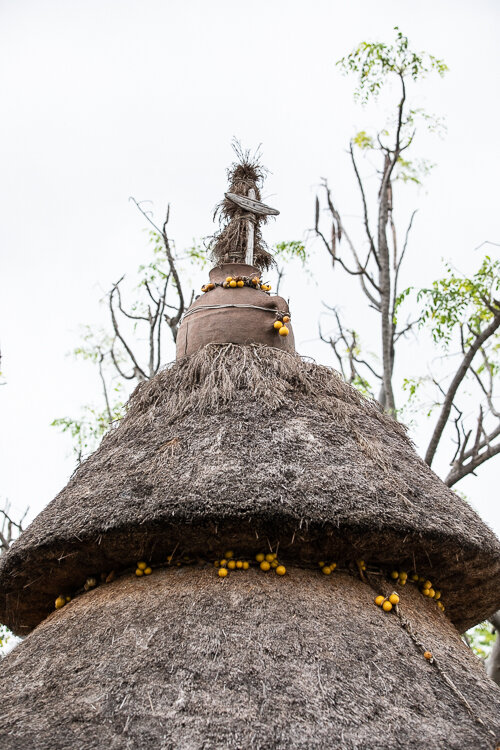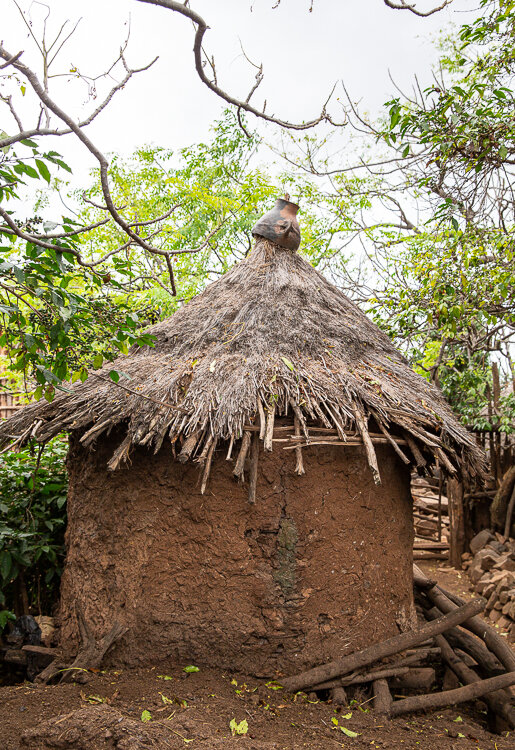the konso communities are full of traditions and culture
Extensive rock walled narrow paths are part of the significant cultural landscape of the Konso tribal villages. Often included in itineraries of Omo Valley tours the Konso tribe live south of Arba Minch and are part of the Konso Cultural Landscape which is one of Ethiopias UNESCO World Heritage Sites. Their hilltop villages are created with unique defensive laneways of stoned walls. If you are driving from Arba Minch to visit the Omo Valley tribes you will drive through the Karat-Konso landscape which is at an altitude of 1,650metres and on the edge of the Rift Valley in Southern Ethiopia. It is a welcome stop on the drive to the Omo Valley tribes from Arbaminch on an Omo Valley photography tour.
Whilst the majority of their traditional clothes have been replaced with shorts, T-shirts, skirts and dresses, their villages are full of culture and traditions. Some of the Konso tribe villages in the UNESCO World Heritage Site can be accessed easily from the town of Karat-Konso. Every village has between one to six high stone walls around it. Within each village there are family compounds and sub-communities.
Curious children look over the rock walls on the inside of a Konso village.
The Konso tribe live on the edge of the Rift Valley in Southern Ethiopia
The significant cultural landscape of the Konso tribe was recognised as a UNESCO site in 2010. The traditional fortified villages have up to four entrance gates with many of the stone walls measuring more than 2metres high (the highest being close to 5metres). In years gone by the high stone walls offered protection from cattle raids and attacks from the lowlands.
The local stones used to build the walls and rock terraces also provided them a way to grow important crops. The land would usually be dry and relatively infertile but the structure of the landscape they built enabled them to make use of the land. The community spirit and team effort to adapt this hilly landscape is still recognised today as an outstanding indigenous engineering effort.
Maize layed out to dry at the front of a Konso dwelling in this culturally rich African tribal village.
The rock terraces on the slopes of their land have been a major achievement in utlising this otherwise dry and hostile land.
The main crops of the Konso people are Sorghum, Maize, Coffee and beans. The sorghum is used to create a fine flour for cooking and it is also used to make their thick local beer. The Konso have traditionally enjoyed their coffee not from the coffee beans, but from the coffee leaves. The leaves are sun-dried and then ground to a fine powder and mixed with seeds, spices and other leaves to add the desired flavour. As you walk around the villages you can see the coffee plants.
The thick beer made from Sorghum ready to drink
Coffee beans grow around the Konso tribal villages but they often prefer using the coffee tree leaves.
Whilst there are many mobile phones, headphones and western clothes within the Konso tribe villages, their culture and heritage is deeply respected and many of their traditions maintained.
generation poles and initiation ceremonies
In every Konso tribal village there are ceremonial squares where there are generation poles “Olahita”. Each pole represents aproximately 18 years so you can calculate how old these African tribal villages are. Some villages are over 700years old with more than 42 generation poles. Every 18 years a new generation will be initiated (both boys and girls aged 8-25years old) during a Kata ceremony and a new pole will be added to the Olahita.
These boys stand in front of one of the generation poles olahita in the ceremony square of their village compound. This village has a total of 43 generation poles which dates this African village over 750 years old.
There are rituals and traditions with men coming of age. This ceremonial heavy rock is part of the initiation process of boys becoming men. They must be able to pick this rock up and lift it over their heads to be able to marry. There are many symbolic stones within the Konso villages. Rocks and stones are a big part of their ancient and unique heritage. Some rocks have a ceremonial or symbolic purpose and others can represent a victory.
It’s definitely heavier than it looks! The boys must lift this solid rock up and over their heads to be able to marry. Used for generations the once rugged rock is now quite smooth.
structure types in a Konso tribe village
There are a variety of structures within a family compound in a Konso village. Most are the circular huts with thatched roofs, however some have larger rectangle buildings. Every sub-community area in a village has a central community house called a Mora. This has two levels and is open on one side. The shaded area below offers a place for boys, girls and men to discuss matters. Traditionally women were not allowed. The upstairs section is where the older boys and men sleep. They sleep together up high to keep watch over their village. Even married men are expected are to spend most of the night sleeping here.
Close-up of the outside walls of one of the rectangular homes
many of the Omo Valley tribes have unique styled huts and a tribe can usually be identified by their dwelling design
Using natural and local resources the Konso tribal villages have designed their surrounding landscape and environment to work for them with its terraced gardens and stoned walls.
Featured below is a highlight video with more photos and information from the culturally rich Konso tribe…
To read about the Ethiopian UNESCO World Heritage Site of Harar CLICK HERE


